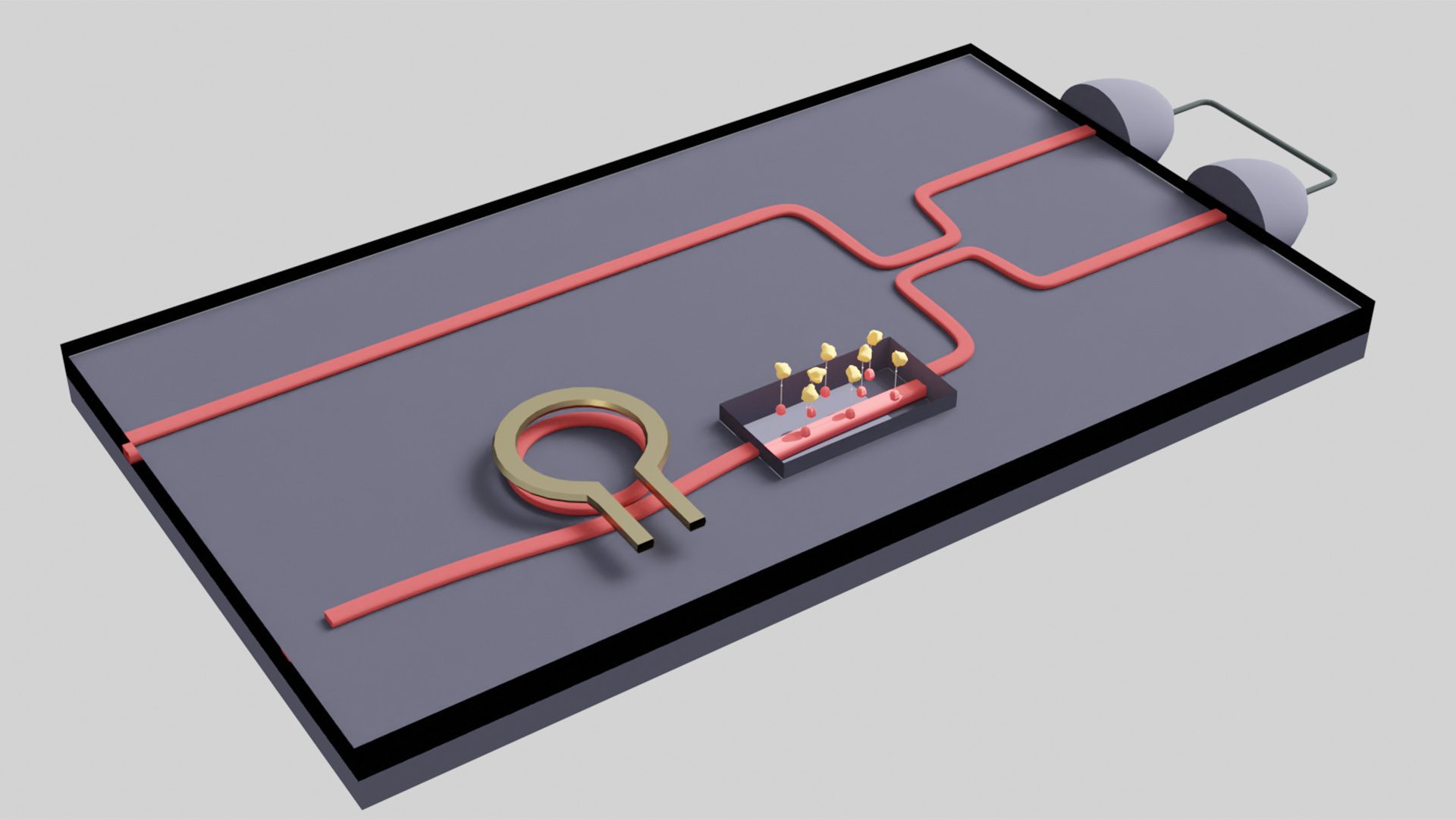- August 22, 2023
- By Robert Herschbach
The National Science Foundation (NSF) today announced it has awarded a $1 million, three-year grant to a UMD-led multi-institutional team working to overcome barriers to further progress in quantum sensors, which offer more advanced capabilities than their traditional, or “classical” counterparts.
The team is one of 18 from around the country that successfully competed for grants awarded by the NSF as part of its Quantum Sensing Challenges for Transformational Advances in Quantum Systems program.
Nearly a century after quantum mechanics enabled the development of transistors and lasers, researchers are now manipulating phenomena such as quantum entanglement for purposes such as computing, sensing, and measurement—collectively referred to as the Second Quantum Revolution.
“Quantum mechanics involves phenomena such as superposition and ‘spooky action at a distance,’ where a particle that is in New York could be correlated with one in Los Angeles, in a way that classical physics can’t explain,” said UMD mechanical engineering assistant professor Avik Dutt, who leads the team and holds joint appointments in the Department of Mechanical Engineering and the Institute for Physical Science and Technology. “Quantum sensing aims to use these unusual properties to improve sensitivity, detection power and resolution.”
But the gains come at the price of vastly increased complexity, which makes it difficult to implement quantum sensors at scale. The 18 teams will conduct a broad range of exploratory research activities, from measuring the height and density of mountains with an ultraprecise atomic clock to revealing the inner functions of living cells with quantum-entangled particles of light, the NSF said.
“A new breed of sensors may one day allow doctors to pinpoint infections inside individual cells, or geologists to find subterranean mineral deposits without lifting a shovel,” the agency said in a new release.
Dutt’s research is supported by a seed grant from the National Quantum Laboratory at Maryland—known as Q-Lab—a partnership between UMD and College Park-based IonQ, a leading quantum computing startup partially founded on research at UMD.
Dutt and his colleagues will hone in on as-yet unsolved challenges. His co-PIs are Paul Lett, a fellow of the Joint Quantum Institute and adjunct professor of physics who works at the National Institute of Standards and Technology, Jelena Vuckovic of Stanford University and Peter Maurer of the University of Chicago.
The team will seek to overcome technical hurdles, in part through a technique known as “squeezing light,” which involves compressing the noise—that is, random fluctuations—produced by a laser beam. The result is a “quiet” beam with specifically tailored noise redistribution that can be used for precision sensing and detection.
Dutt and his students will engineer the required devices and systems at the Maryland NanoCenter’s FabLab, along with Lett’s and Vuckovic’s teams. Maurer’s team at the University of Chicago will apply its innovations to chemical and biomolecular detection.
